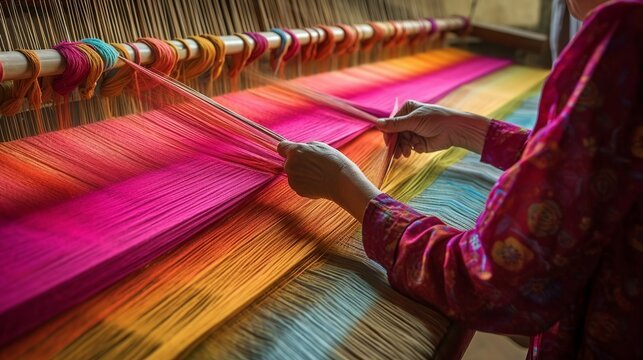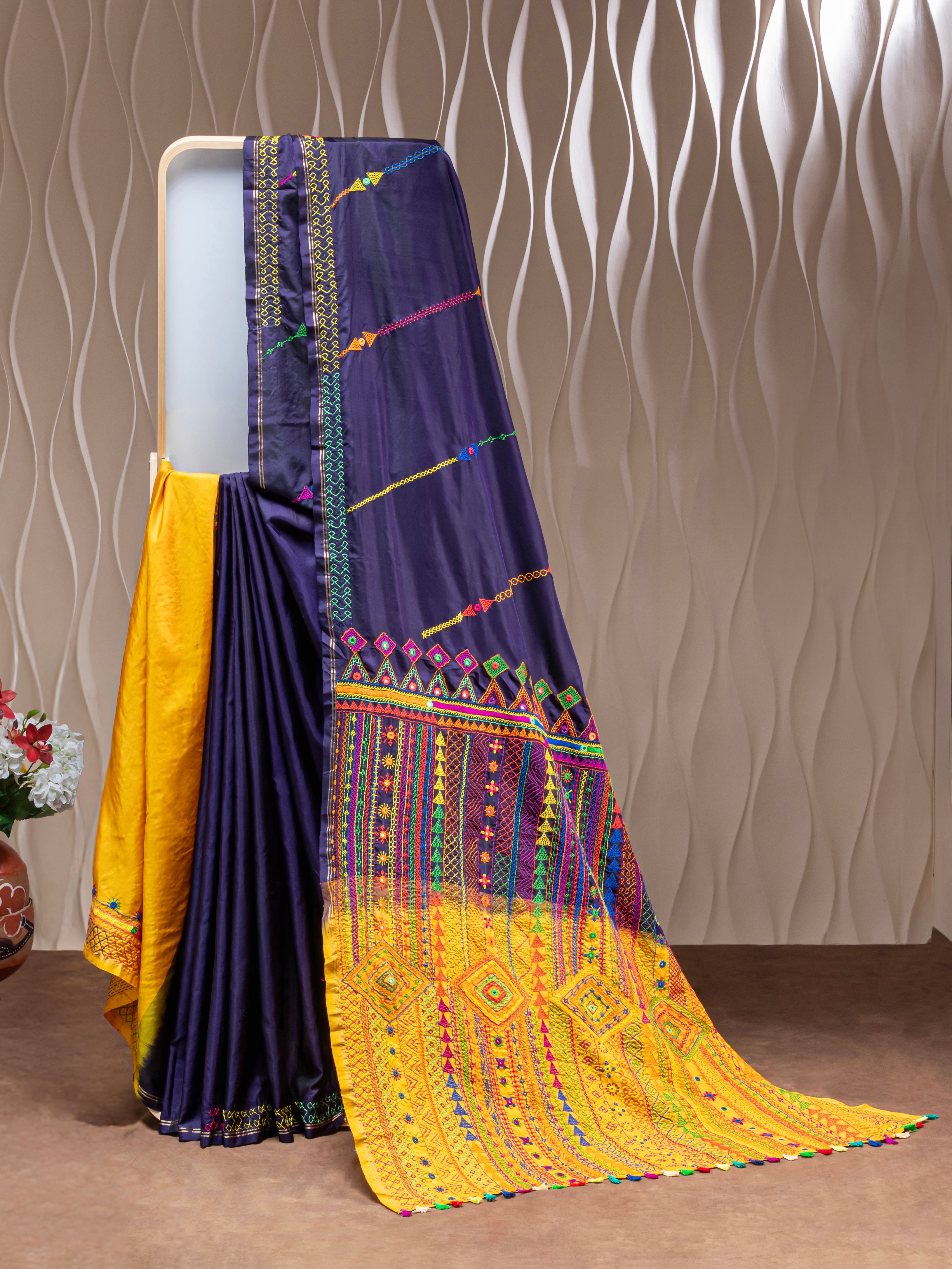
The Art of Handloom: Weaving Tradition into Modern Fashion
The Art of Handloom: Weaving Tradition into Modern Fashion
Introduction
Handloom weaving is one of the most revered and ancient crafts in India, with a history that dates back thousands of years. Despite the rise of modern machinery, handloom weaving has maintained its relevance, especially in the creation of Lambani clothing. This craft is a cornerstone of Indian ethnic wear, blending tradition with modernity in a way that resonates with today’s conscious consumers. In a world increasingly focused on sustainability, handloom fashion offers an eco-friendly and ethical alternative to fast fashion.
The Handloom Process
The process of handloom weaving is a labor of love. It begins with the selection of high-quality natural fibers, such as cotton or silk, which are then spun into yarn. This yarn is carefully dyed using natural dyes, often derived from plants, roots, and minerals, to achieve the vibrant colors that are characteristic of Lambani textiles. Once the yarn is ready, it is meticulously woven on a handloom, with each thread carefully placed to create intricate patterns and designs. This process can take days, or even weeks, depending on the complexity of the design.
Sustainable Fashion at Its Best
One of the most significant advantages of handloom fashion is its sustainability. Unlike machine-made textiles, handloom weaving is an eco-friendly process that has a minimal carbon footprint. The use of natural fibers and dyes further enhances its sustainability, making handloom textiles biodegradable and environmentally friendly. Moreover, handloom weaving supports local economies by providing employment to artisans in rural areas, particularly women, who are often the primary weavers. By choosing handloom fashion, you’re not just making a style statement; you’re making a statement about your commitment to sustainability and ethical fashion.
Unique Motifs and Patterns
Lambani handloom textiles are renowned for their unique motifs and patterns, which are deeply rooted in the cultural traditions of the Lambani community. These motifs often draw inspiration from nature, featuring elements like flowers, birds, and animals, as well as geometric shapes that symbolize various aspects of life. Each motif tells a story, carrying with it the cultural heritage and beliefs of the Lambani people. What makes these textiles even more special is that no two pieces are exactly alike. The handmade nature of the process ensures that each garment is unique, with slight variations that add to its charm and authenticity.
Empowering Women Artisans
The handloom industry is a significant source of employment for women in rural India, particularly in the Lambani community. These women are not just artisans; they are custodians of a centuries-old tradition that has been passed down through generations. By practicing this craft, they gain financial independence and are empowered to support their families and communities. Your purchase of handloom clothing directly supports these women, helping to preserve their craft and ensure that it continues to thrive for generations to come.
Conclusion
Handloom fashion is a beautiful blend of tradition, sustainability, and modernity. By choosing handloom textiles, you’re not just buying a piece of clothing; you’re investing in a craft that has stood the test of time. You’re supporting the artisans who pour their heart and soul into every piece they create, and you’re making a conscious choice to support sustainable and ethical fashion. Whether it’s a vibrant Lambani saree or a handcrafted kurti, handloom fashion is a celebration of the rich cultural heritage of India and a commitment to preserving it for future generations.

